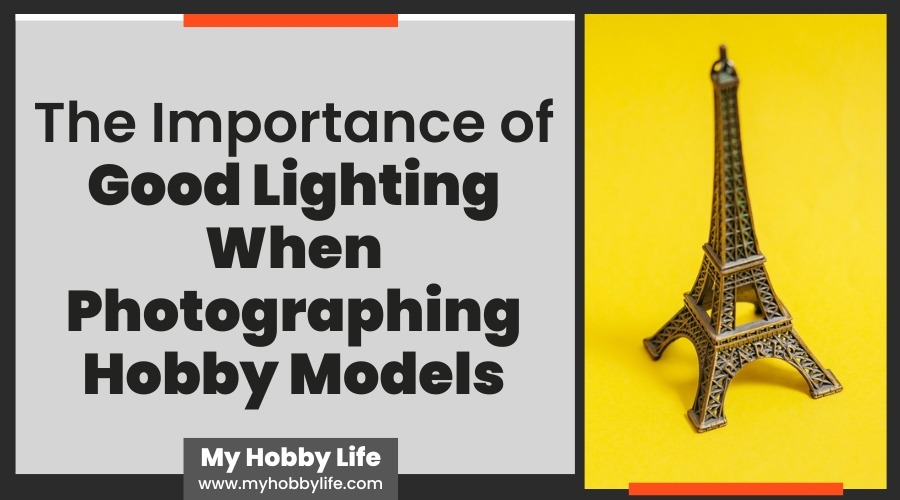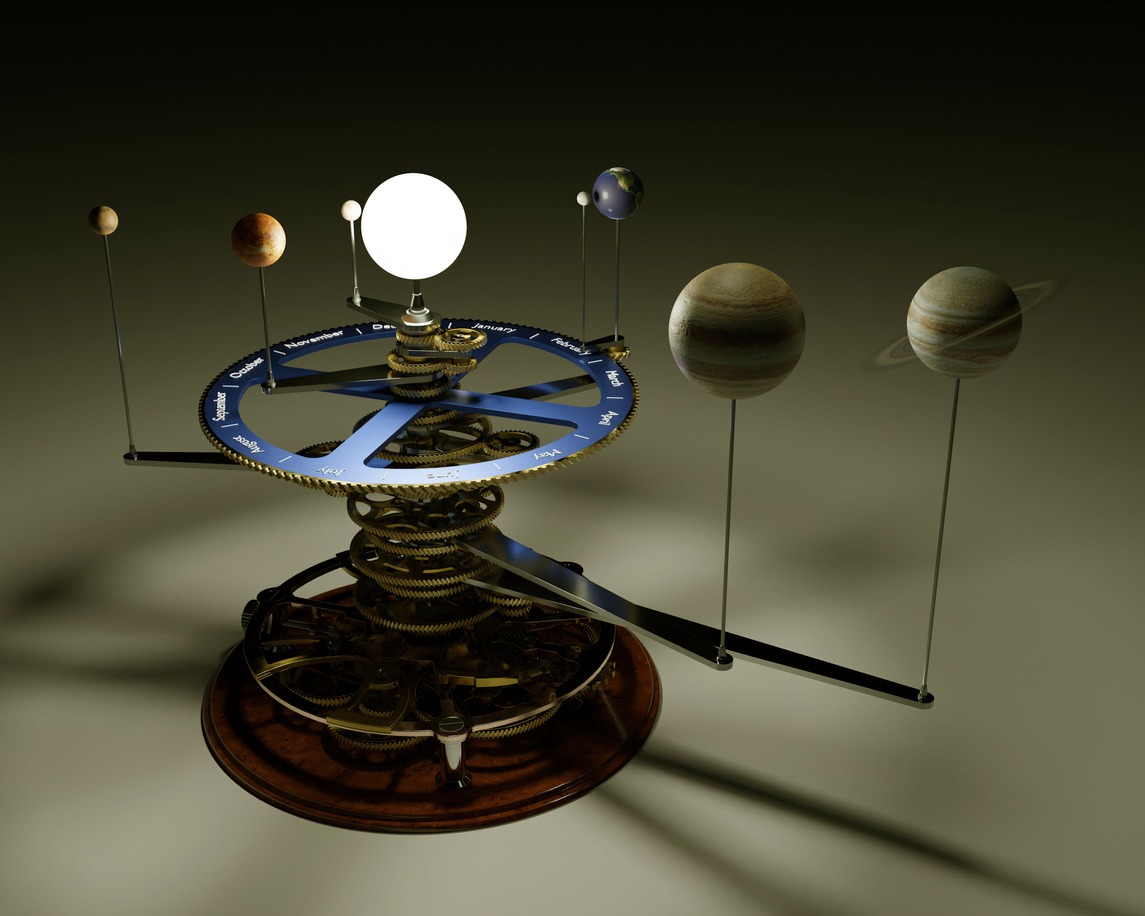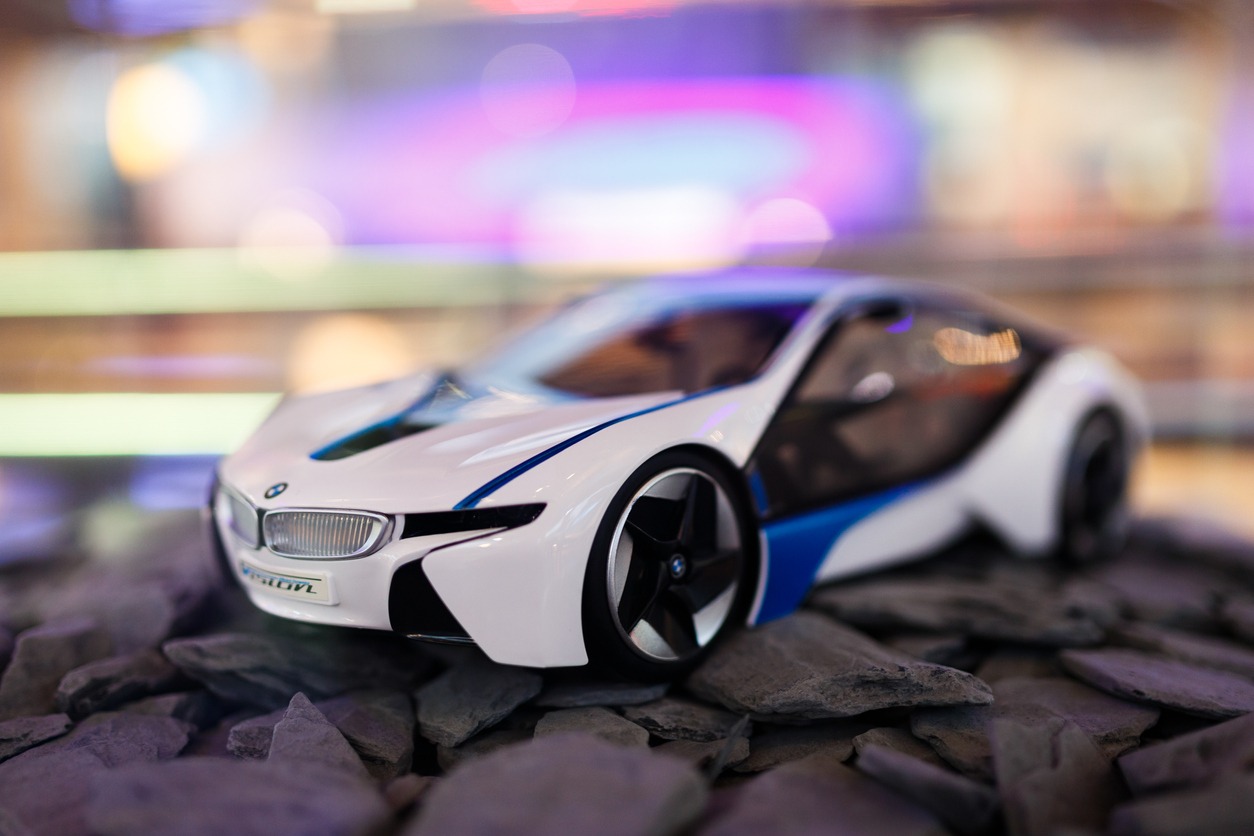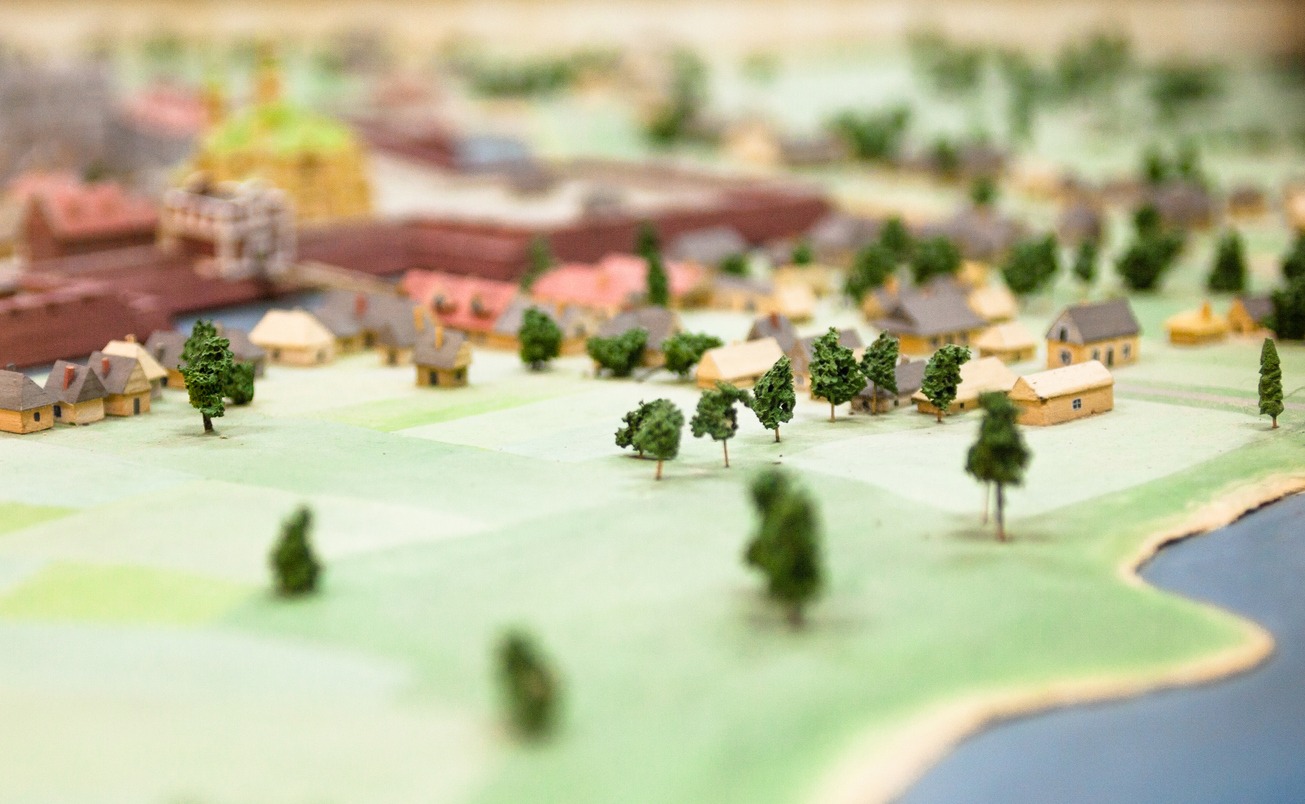Modeling is a hobby enjoyed by people all over the world. Kids start making models when they are only two years of age. They use play doh or Lego blocks to create towers, castles, robots, etc. Adults, on the other hand, usually use paper, metal, plastic, or wood materials to make mini car models, building models, action figures, fictional characters, and many more.
When you spend so much time and effort on building or collecting models, you will surely like to show your masterpieces to the world. The best way to do so is to photograph them. However, oftentimes model photos don’t turn out to be as mind-blowing as the models themselves. This happens because inadequate lighting is preventing your camera from seeing what you want. Your hobby model needs good lighting to be captured in all its glory.
What is Good Lighting?
The word photography means drawing with light. Without lighting, a photograph wouldn’t exist. It is as great as the lighting around its subject. So, if you want to capture a good picture of your models, you have to surround it with good lighting. But what exactly is good lighting?
Many people assume good lighting to be lots of light, but that’s not always true. Sure, proper lighting is needed to ideally picture a model, but “good” does not always mean “high”. Here it defines appropriate. You should bear this in mind when photographing hobby models, because some models can be quite small, and taking their pictures is not the same as photographing people or landscapes.
In hobby model photography, good lighting can also mean low lighting because it brings out a certain aspect of the model that you want to highlight. For example, imagine photographing a model of a fire-breathing dragon. Now will this model appear more realistic with a strobe light shining on it? Or will you find it more menacing when the lighting around it is low?
Hence, good lighting for hobby model photography is dependent upon the type of model you are photographing, its size, color, surrounding environment, and how much attention you want on its detailing. You can already get good lighting for photography by buying a lighting kit. To know more about lighting kits and which ones are suitable for your needs, you can check the Guide to Selecting a Photography Lighting Kit.
Aspects of Good Lighting
Nobody can deny the importance of good lighting for model photography. But there are different aspects of lighting that can make it good or bad for the model photos. Understanding these aspects can help you use them to your advantage and capture stunning pictures of your hobby models. The five aspects of good lighting are:
1. Brightness
The brightness level of the light shining on your hobby model is perhaps the most important aspect to consider. When the lighting is bright, your camera can process the information on its sensor very quickly and easily. But in dim lighting, the camera has to interpret and improve the small amount of information it is getting. It does so by increasing the ISO or digital gain.
ISO is a camera setting that brightens the image to compensate for the low lighting. However, if the ISO increases beyond a certain point, your photos will become grainy. The ideal ISO for most cameras is 100. You know your lighting is bright enough when your ISO is around 100.
2. Color
The color of the light you are using also has a solid impact on the quality of your hobby model photo. Lighting colors are measured in temperature unit Kelvin. The color of natural daylight measures around 6,000 Kelvin (Ranges between 5500-6500).. This is the color temperature that you should choose when you want to maintain color accuracy.
But when it comes to artificial lighting, LEDs in particular, you refer to the Color Rendering Index (CRI) to learn about its color reproduction. LED lights have variable amounts of color wavelengths within the same source which greatly impacts how the colors appear in your hobby model photos. If you want accurate color depiction, choose a light source with a high CRI rating.
3. Sharpness
The harshness or softness of your lighting also determines how well your model photos turn out. If you are using a hard light, it will create distinctive shadows and make the edges pop. Soft light, however, diffuses the rays so your model photos retain their natural details and texture.
4. Direction
The direction of light also determines how your model looks in the photos. Lighting direction determines what part of the model will be illuminated. Illumination and shadows direct the viewer’s focus. Focus the light rays on the part of the model that you want the viewer to see first. Casting it in the shadow will refocus the viewer.
5. Number of Light Sources
Good lighting for hobby model photography is also created by using more than one light source. But it is best that you work with as few light sources as possible because managing one is far easier than managing three different sources of light because it makes it easier to control the exposure, color, and composition of your hobby model. The problem with using multiple sources is that they will end up illuminating the parts of the scene that you want to keep in dark or out or the image.
Why is Good Lighting Important for Hobby Model Photography?
Whether you are shooting human models or miniature ones, good lighting is important. If your lighting is bad, then no matter how stunning your model or how hi-tech your equipment is, the photos will still let you down. Here is why good lighting is important when photographing hobby models:
1. Brings attention to Small Details
Hobby models are crafted with extreme focus and attention. The good ones try to capture the essence of the real thing by incorporating as many details as possible. You may be able to see these small details with bare eyes, but you need suitable lighting for the camera to focus on them.
For example, if you are capturing a picture of warrior figurines, you’ll want to focus on their armor and weapons, which, because of their small size, can be missed. Choose a black backdrop so their vibrant colors pop and direct the lighting to their front. Now lower the camera lens to their eye-level and shoot. The final image will feature their weapons as the highlight of the model photo.
2. Reduces Your Post-Editing Work
Many hobby photographers don’t pay much attention to lighting because they believe that they can achieve the same effects with photo editing software. However, a naturally taken photo is always better than an edited one. Both in terms of quality and noise. Plus, not every hobby photographer is a skilled photoshop editor, so using good lighting for model photography saves you from post-editing trouble.
3. Sets the Right Mood
You can use lighting to give your models a certain direction and mood. Expert use of lighting, for one, can make any ordinary model appear more luxurious and expensive than it actually is. Secondly, it also sets the right mood. For example, a batmobile photographed against a thunderous backdrop with a low lighting set creates an ominous and eerie vibe.
4. Minimizes Imperfections
If you are working with an imperfect model, the expert use of lighting can help minimize its imperfections. Use it incorrectly and you will end up highlighting the fault. For example, imagine shooting a miniature Wonder Woman model that has a stubborn stain on its arm. If you place it under harsh LED light, the stain will show up clearly in the image. But if you diffuse the light, it will soften sharp edges and reduce glare, dimming the stain so it is not visible in the final image.
Conclusion
Good lighting is crucial for hobby model photography. It helps hide flaws, bring attention to important details, and set the right mood. You can experiment with various lighting aspects such as color, brightness, and sharpness to figure out what works best for your hobby model. Once you learn how to do it, you will not have to rely on the camera’s intelligent functions to capture a great model photo for you.



